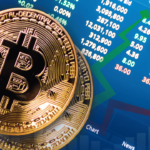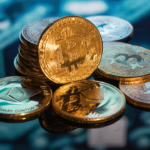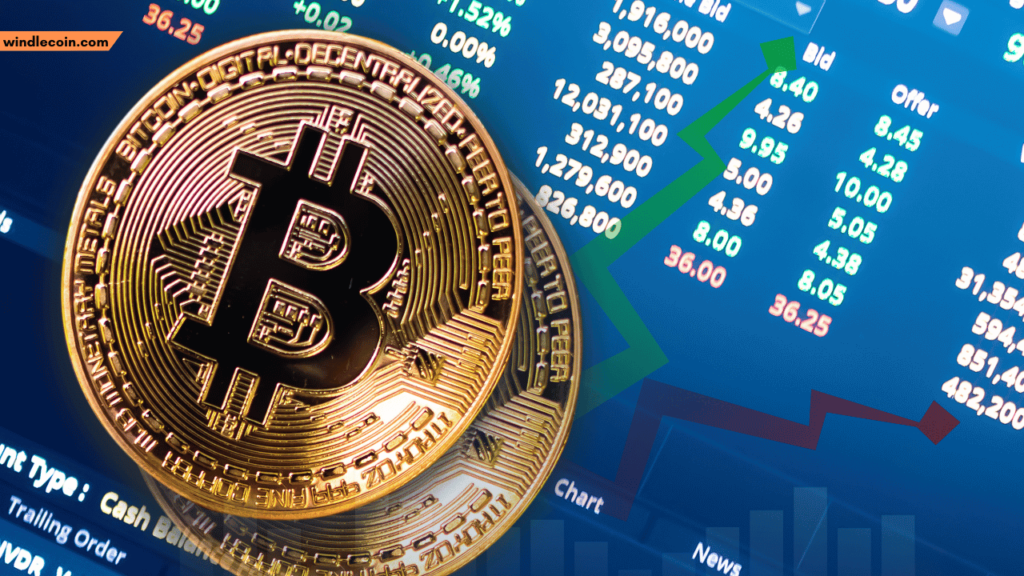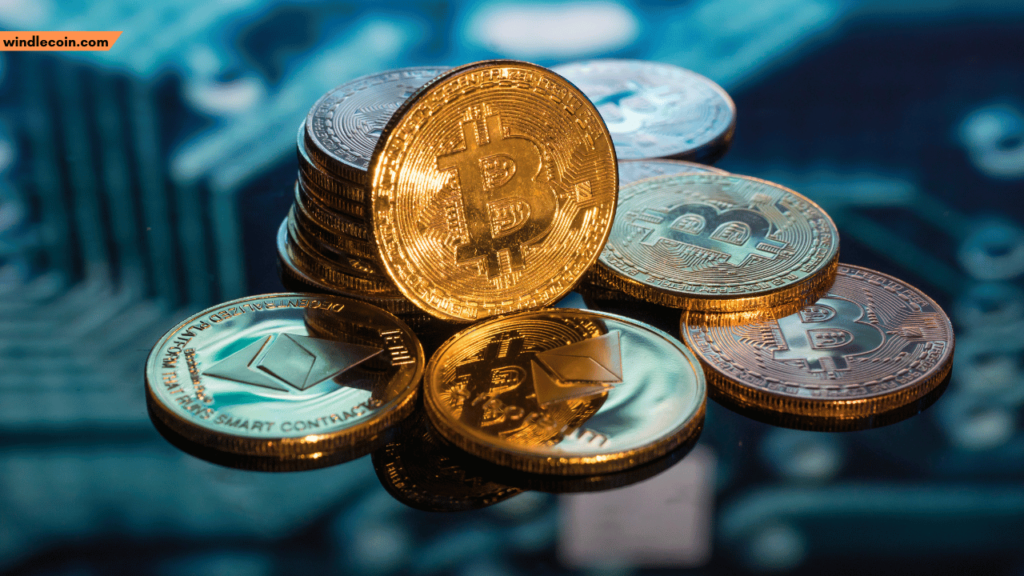As the world of cryptocurrency continues to grow, Bitcoin has emerged as the dominant player, attracting individuals, investors, and institutions alike. However, with its growing popularity comes an increase in scams, frauds, and counterfeit activities. So, how do you know if a Bitcoin is real or fake? In this article, we will walk you through the essential steps and signs to verify the authenticity of Bitcoin and avoid falling victim to fraud. Understanding how to determine whether a Bitcoin is real or fake is crucial for anyone involved in cryptocurrency transactions.
What Is Bitcoin?
Before diving into how to verify Bitcoin, it’s important to understand what Bitcoin is. Bitcoin is a decentralized digital currency that allows peer-to-peer transactions without the need for a central authority or intermediary, such as a bank. Bitcoin transactions are recorded on a public ledger known as the blockchain, ensuring transparency and security.
However, because Bitcoin exists only in digital form, it can be challenging for new users to grasp how to verify its authenticity. Unlike physical currency, Bitcoin doesn’t have physical characteristics that can be easily inspected. So, how do you know if a Bitcoin is real or fake in the digital realm? Let’s explore.
1. Check the Blockchain
The blockchain is a public ledger that records all Bitcoin transactions. It is the most reliable way to verify if a Bitcoin is real or fake. When someone sends you Bitcoin, you can check the blockchain to confirm that the transaction has been processed and the Bitcoin is legitimate.
To verify a Bitcoin transaction:
- Use a blockchain explorer like Blockchain.com or Blockcypher.
- Enter the Bitcoin address or transaction ID.
- Check the transaction history to ensure the Bitcoin was sent from a valid wallet and that it has been confirmed by the network.
If the transaction is not listed on the blockchain, it’s a red flag, and the Bitcoin might be fake. Knowing how to check the blockchain is an essential step in determining how do you know if a Bitcoin is real or fake.
2. Verify the Source
One of the simplest ways to determine if a Bitcoin is real or fake is by verifying the source of the transaction. Always be cautious of who you are dealing with, especially in peer-to-peer transactions. Buying Bitcoin from reputable exchanges such as Coinbase, Binance, or Kraken is the safest way to ensure that you are getting real Bitcoin.
If you’re dealing with an individual or a lesser-known exchange, make sure to:
- Research their reputation.
- Check reviews and feedback from other users.
- Use escrow services to protect your funds during the transaction.
By verifying the source, you can prevent fake Bitcoin transactions and ensure that you’re dealing with a legitimate seller.
3. Use a Hardware Wallet
A hardware wallet is a physical device designed to securely store your Bitcoin and other cryptocurrencies. By using a hardware wallet, you can ensure that your Bitcoin is genuine and safe from counterfeit attempts. Hardware wallets like Ledger and Trezor provide users with a secure method to store private keys and verify transactions.
How does this help with verifying real vs. fake Bitcoin? When you receive Bitcoin into your hardware wallet, it automatically checks the blockchain for transaction confirmation. This ensures that only real Bitcoin, confirmed by the network, can be stored in your wallet. Using a hardware wallet is an excellent preventive measure to avoid fake Bitcoin transactions.
4. Look for Bitcoin Forks and Clones
Bitcoin has undergone several forks over the years, resulting in the creation of new cryptocurrencies such as Bitcoin Cash (BCH) and Bitcoin SV (BSV). Additionally, there are many clone cryptocurrencies that may resemble Bitcoin in name or appearance but are not the same as Bitcoin (BTC).
If you’re asking, how do you know if a Bitcoin is real or fake, it’s crucial to differentiate between Bitcoin (BTC) and other cryptocurrencies that may look similar. Always double-check the ticker symbol (BTC) and verify that you are dealing with the original Bitcoin blockchain, not a forked or cloned version.
5. Watch Out for Fake Bitcoin Scams
Scammers often use elaborate tactics to trick individuals into believing they are receiving real Bitcoin when, in fact, it’s fake or nonexistent. Be aware of the following common Bitcoin scams:
- Fake giveaways: Scammers promise to double your Bitcoin if you send them a certain amount. Always be wary of any offers that seem too good to be true.
- Phishing websites: Fraudulent websites may imitate legitimate exchanges or wallets, tricking you into sending your Bitcoin to the wrong address.
- Ponzi schemes: Some scammers create fake investment opportunities, promising high returns on Bitcoin investments. Always do thorough research before investing.
Knowing how to identify these scams will help you avoid fake Bitcoin and ensure that your transactions are safe and legitimate.
6. Conduct Due Diligence on Exchange Platforms
If you’re buying Bitcoin from an exchange, ensure that the platform is legitimate. With the rise of cryptocurrency exchanges, there have been cases where fake platforms were set up to steal users’ funds. How do you know if a Bitcoin is real or fake when using an exchange? Consider the following:
- Check if the exchange is licensed or regulated.
- Look for customer reviews and feedback.
- Verify that the exchange has strong security features, such as two-factor authentication (2FA) and encryption.
Exchanges that operate under stringent regulations are less likely to deal in fake Bitcoin, giving you peace of mind when making purchases or trades.
7. Be Skeptical of Unusually Low Prices
Bitcoin is traded globally, and its price is relatively consistent across various platforms. If someone offers to sell you Bitcoin at a significantly lower price than the market value, it’s a warning sign. Scammers often lure victims by offering fake Bitcoin at steep discounts, only for the buyers to find out later that the transaction was fraudulent.
8. Use Multi-Signature Transactions
A multi-signature (multi-sig) transaction requires multiple approvals before the Bitcoin can be transferred. By using a multi-sig setup, you can add an extra layer of security to your Bitcoin transactions, ensuring that only real Bitcoin is involved. This method makes it harder for scammers to create fake Bitcoin, as multiple parties must verify the transaction.
Conclusion
Understanding how do you know if a Bitcoin is real or fake is vital in today’s cryptocurrency environment. With the rise of scams and fraud, it’s essential to be vigilant and use all available tools and methods to verify Bitcoin transactions. By checking the blockchain, verifying the source, using a hardware wallet, and staying aware of common scams, you can protect yourself from fake Bitcoin and ensure that your investments remain safe.
Always remember that in the world of cryptocurrency, caution and due diligence are your best allies in verifying the authenticity of Bitcoin.






